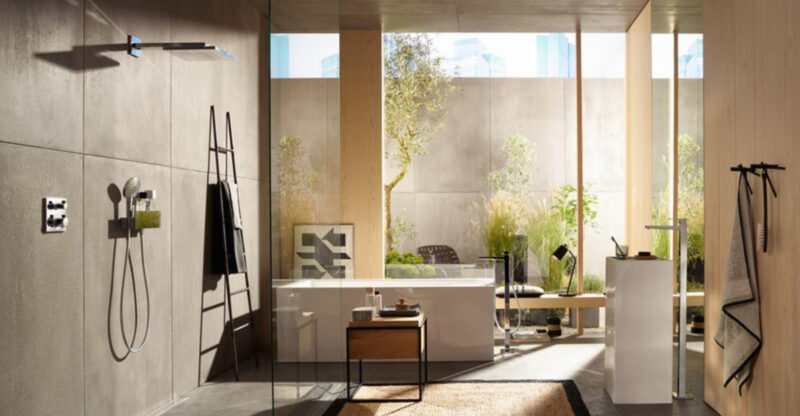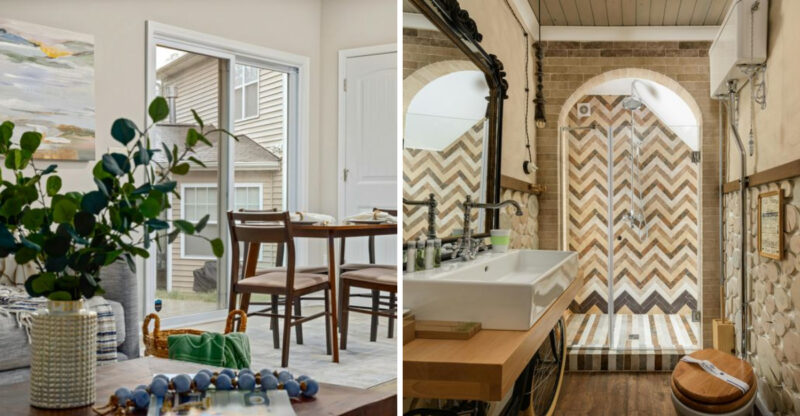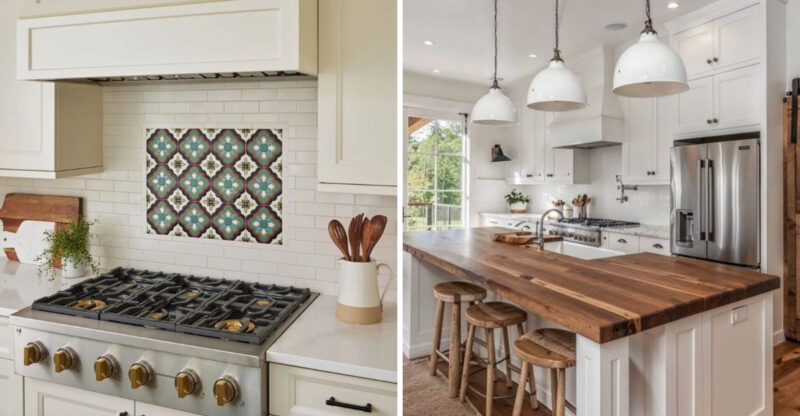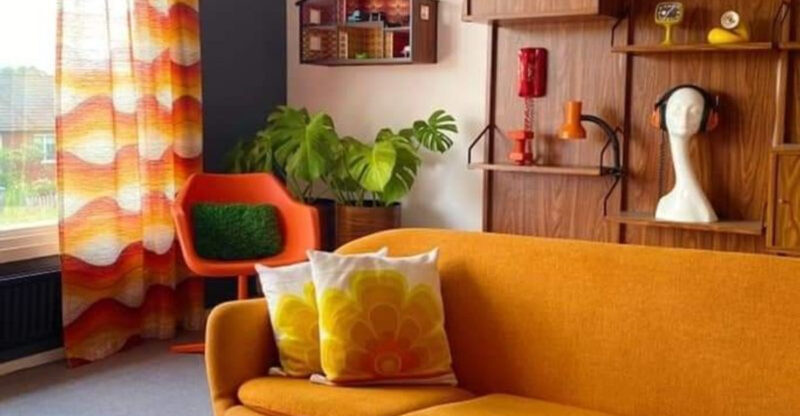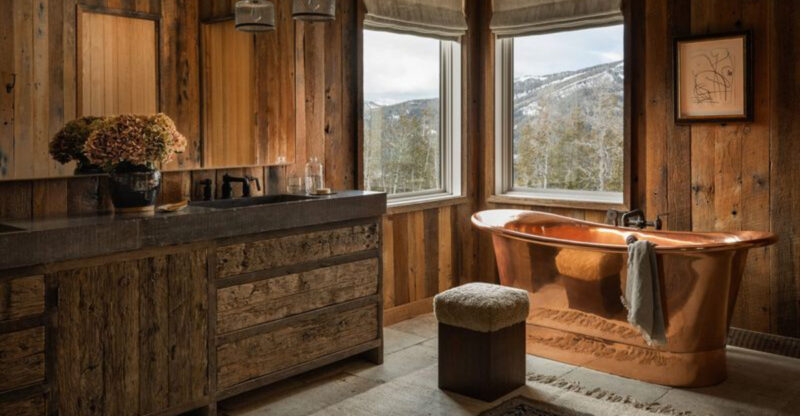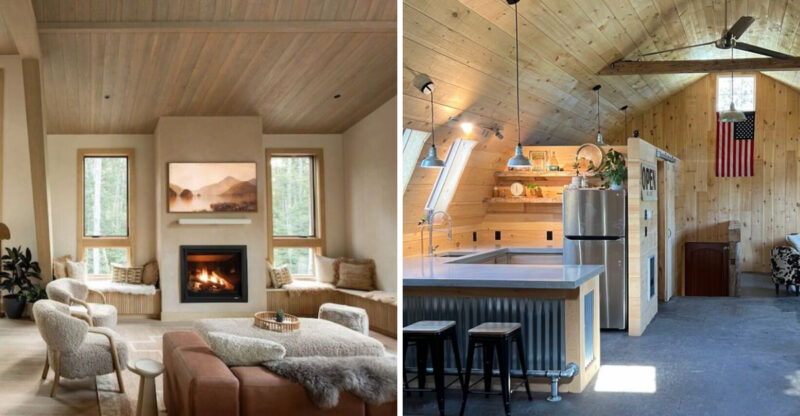7 Types Of Homes In Ohio That May Lose Value And 3 That Are Trending Up
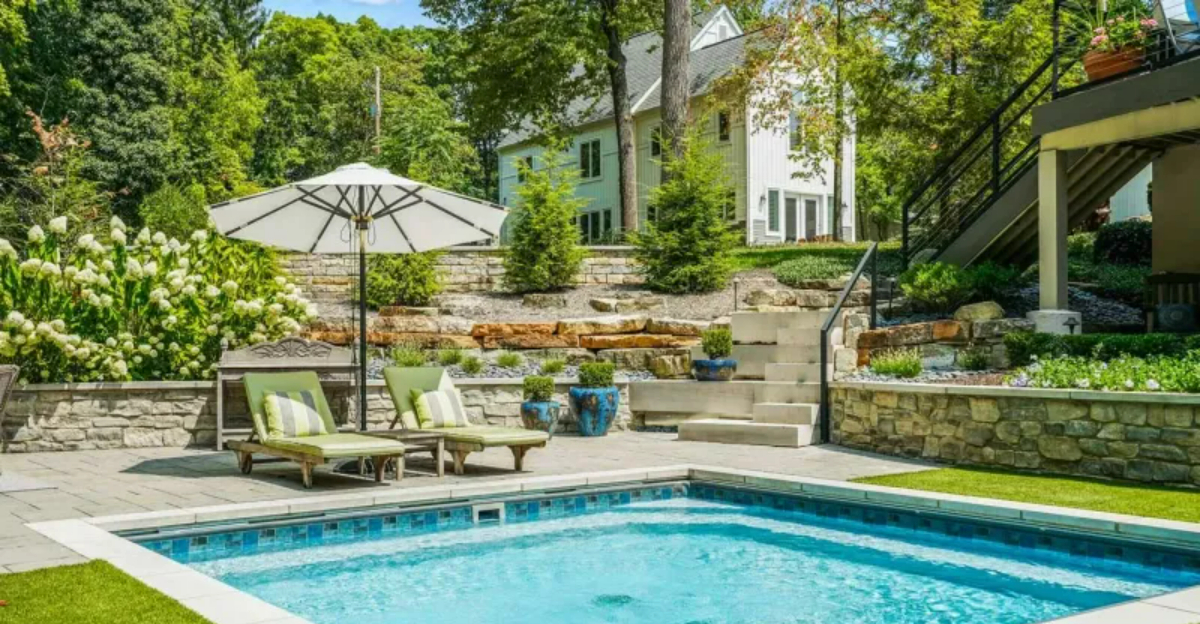
The real estate market in Ohio is always changing, and not all homes keep their value over time. Some properties might lose worth due to location, condition, or changing buyer preferences. Meanwhile, other types of homes are becoming more popular and valuable.
I’ve looked at the current Ohio housing market to help you understand which homes might be risky investments and which ones could be smart buys.
1. Large Suburban McMansions
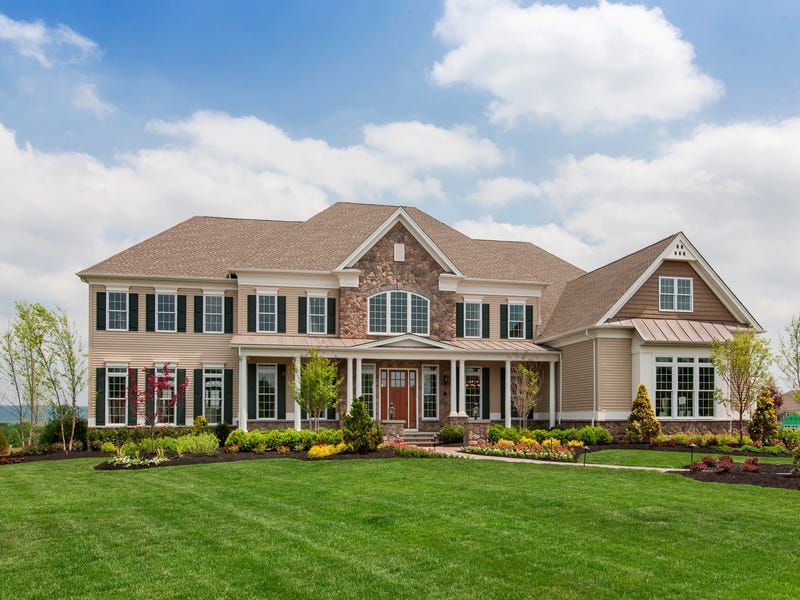
Massive cookie-cutter luxury homes built during the 1990s-2000s housing boom are falling out of favor with today’s buyers. Young families and empty nesters alike prefer more modest, manageable spaces with lower maintenance costs and utility bills.
The excessive square footage and formal rooms that once signaled success now represent wasted space and energy inefficiency. Many of these homes feature dated designs that require expensive renovations.
Located in aging developments with high HOA fees, these properties often face increasing competition from newer, smarter homes in trendier locations.
2. Homes Near Declining Industrial Areas
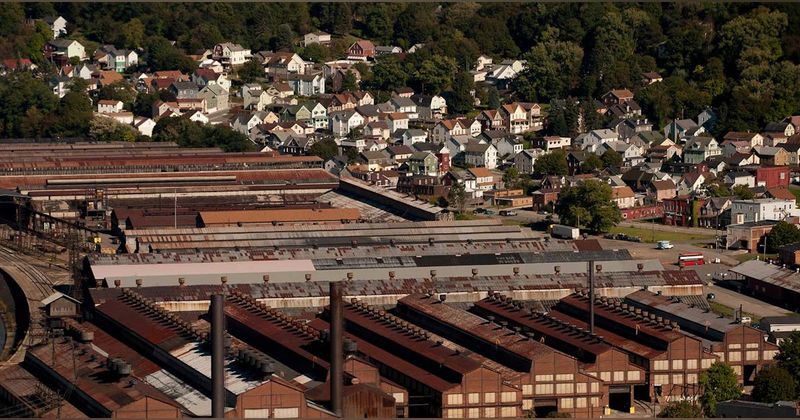
Properties close to Ohio’s struggling manufacturing centers face tough challenges in maintaining their value. As factories close or downsize, surrounding neighborhoods often experience population decline, reduced services, and fewer job opportunities.
The ripple effects can be seen in boarded-up storefronts, neglected infrastructure, and increasing vacancy rates. Environmental concerns from former industrial sites sometimes compound these problems.
Even well-maintained homes in these areas struggle to attract buyers who worry about future economic stability and limited resale potential.
3. Properties With Outdated Floor Plans
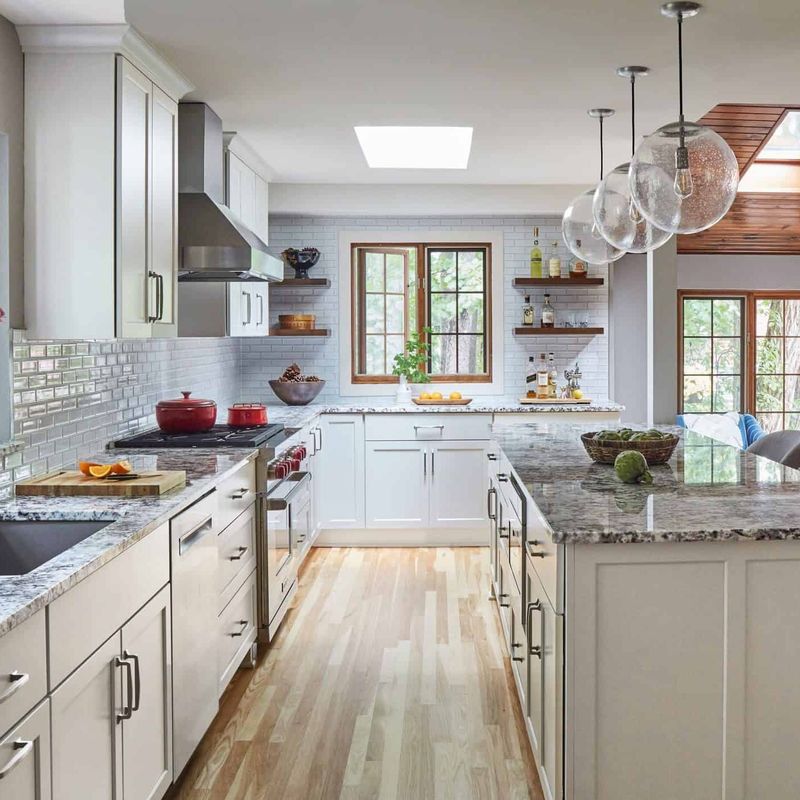
Remember when formal dining rooms and closed-off kitchens were must-haves? Today’s Ohio homebuyers certainly don’t! Properties with compartmentalized layouts and small, isolated rooms are rapidly losing appeal as lifestyles evolve.
Modern families crave open concept designs that allow for multitasking and social interaction. Homes with narrow hallways, limited natural light, and awkward room configurations require costly renovations to meet current expectations.
Even well-maintained properties with these outdated layouts often sit longer on the market and sell for less than their more contemporary counterparts.
4. Homes With High Maintenance Features
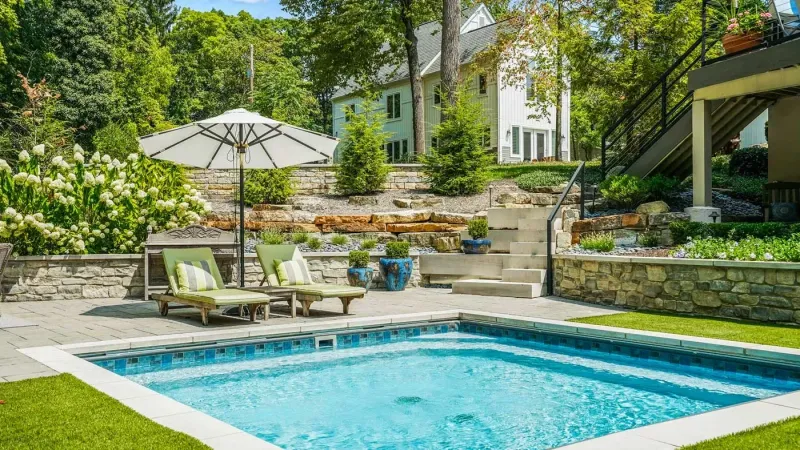
Those impressive features that once made a house stand out now make buyers run the other way! Swimming pools, extensive landscaping, wood siding, and ornate architectural elements all require significant upkeep that today’s busy homeowners want to avoid.
Maintenance-heavy properties in Ohio face particular challenges due to the state’s four-season climate. Harsh winters and humid summers accelerate wear and tear, increasing the maintenance burden.
As labor and material costs rise, these high-maintenance homes increasingly represent financial drains rather than status symbols, pushing their market values down.
5. Rural Properties Far From Amenities
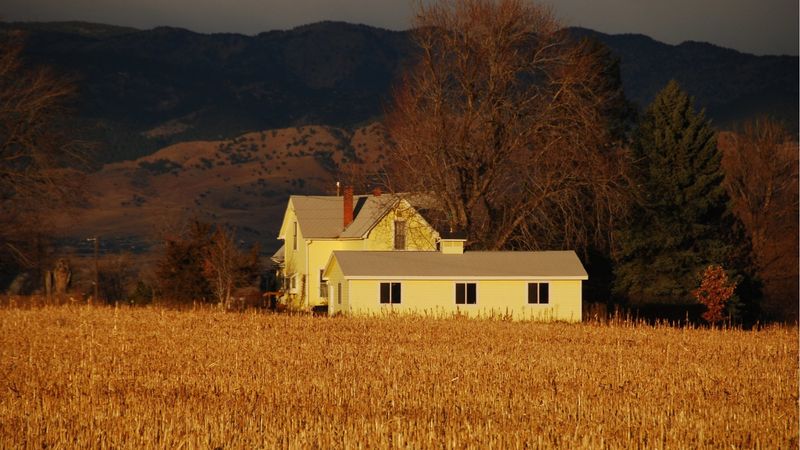
Country living isn’t for everyone, especially when it means driving 30+ minutes to reach basic services. Remote rural properties across Ohio are losing appeal as gas prices rise and convenience becomes increasingly important to buyers.
Limited access to high-speed internet further disadvantages these homes in an era of remote work and digital entertainment. Healthcare access is another significant concern, particularly for older buyers or families with children.
While some rural areas near tourist destinations remain desirable, those in economically challenged regions face declining demand and values.
6. Homes In Flood-Prone Areas
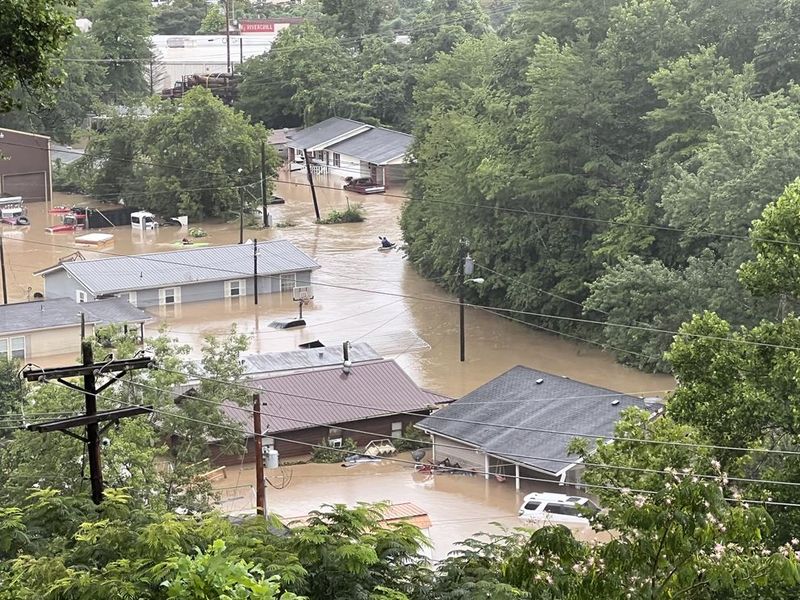
Rising waters mean sinking property values! Climate change has increased flooding risks across Ohio, making properties in flood-prone areas increasingly difficult to insure and sell. Along the Ohio River and even inland waterways, homes that rarely flooded historically now face regular water intrusion.
Insurance costs for these properties have skyrocketed, often adding hundreds of dollars to monthly housing expenses. Potential buyers increasingly check FEMA flood maps before even considering a property.
Even homes that haven’t experienced actual flooding yet suffer value declines if they’re located in newly designated flood zones.
7. Energy-Inefficient Older Homes

Drafty windows and sky-high heating bills are deal-breakers for today’s energy-conscious buyers. Older homes throughout Ohio with poor insulation, outdated HVAC systems, and single-pane windows face significant value challenges in our increasingly energy-aware market.
The cost to retrofit these properties with energy-efficient features often exceeds what sellers can recoup. As utility costs continue rising, the financial burden of inefficient homes becomes even more apparent.
Many buyers calculate monthly energy expenses alongside mortgage payments when determining affordability, making these properties less competitive.
8. Modern Farmhouse-Style Homes
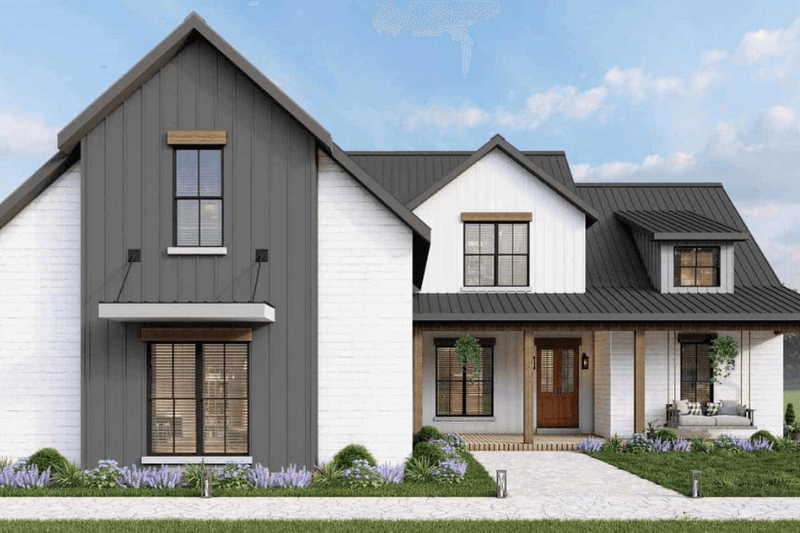
Shiplap is in, and so are profits for owners of modern farmhouse-style homes! This design trend continues gaining momentum across Ohio, with buyers willing to pay premium prices for homes featuring contemporary interpretations of rural architectural elements.
The blend of rustic charm and modern convenience perfectly matches current lifestyle preferences. White exteriors with black windows, barn doors, and open floor plans create the aesthetic many buyers currently seek.
These homes tend to photograph beautifully for social media, adding to their appeal among younger buyers who value both style and function.
9. Multi-Generational Living Spaces
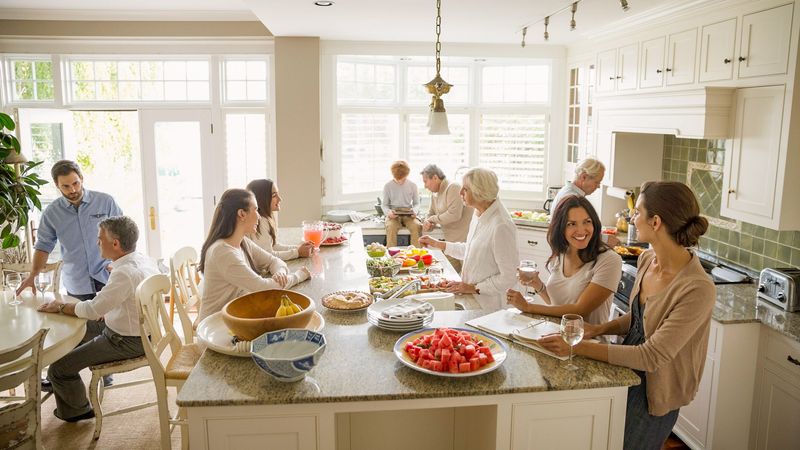
Family compounds are making a comeback! Homes designed for multiple generations to live together comfortably are seeing significant value increases across Ohio. These properties typically feature separate entrances, additional kitchenettes, and private living areas within a single structure.
The rising cost of elder care and housing affordability challenges have made multi-generational living increasingly practical. Cultural shifts have also reduced the stigma once associated with adult children or parents living together.
Investors are even converting traditional single-family homes to accommodate this growing market segment, recognizing the long-term value potential.
10. Walkable Urban Neighborhoods
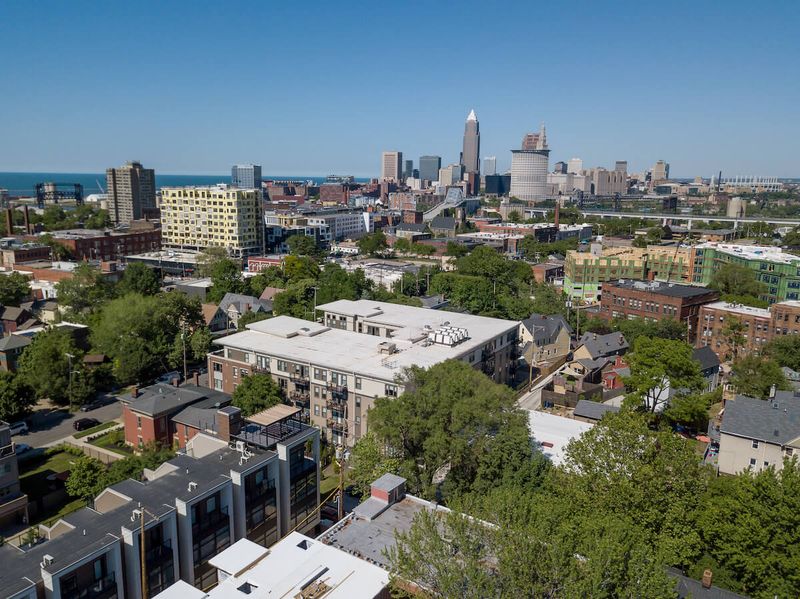
Location, location, walkability! Homes in pedestrian-friendly urban neighborhoods throughout Ohio cities like Columbus, Cincinnati, and Cleveland are seeing remarkable value appreciation. Proximity to restaurants, shops, parks, and public transportation commands increasing premiums in our car-dependent culture.
Young professionals and empty nesters alike seek the convenience and community these neighborhoods offer. The social connections and reduced transportation costs add significant lifestyle value beyond the physical property.
Even smaller homes in these desirable walkable areas often outperform larger properties in car-dependent locations, showing that buyers increasingly value experience over square footage.

